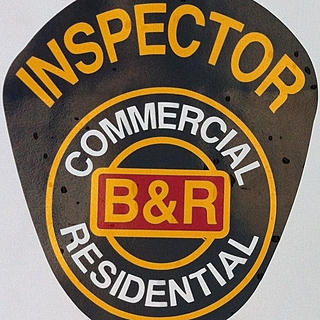Common Roof Covering Issues Found During Home Inspections
- Billy Jack Barrow
- Jul 12
- 2 min read
Title: Common Roof Covering Issues Found During Home Inspections
When buying a home, one of the most critical areas an inspector will evaluate is the roof. Roof coverings play a vital role in protecting a home from the elements, and any issues with this component can lead to significant problems down the road. During a home inspection, various roof conditions are assessed to determine the current state, remaining life, and any areas that may need immediate repair or future maintenance.
Here are some of the most common findings related to roof coverings during a home inspection:
1. Damaged or Missing Shingles
Asphalt shingles are the most common type of residential roof covering, and over time, they can become brittle, curl, or blow off during strong winds. Inspectors often note:
Cracked or broken shingles
Missing shingles
Curling or blistering from heat or aging
Granule loss, which can shorten the roof's lifespan
2. Improper Flashing
Flashing is the metal or rubber material installed around roof penetrations (like chimneys, vents, and skylights) and along valleys or walls to prevent water intrusion. Common issues include:
Rusted or corroded flashing
Loose or missing flashing pieces
Poor installation, leading to leaks
3. Signs of Previous Repairs
While repairs aren't inherently bad, they may indicate past problems. Inspectors look for:
Patchwork that doesn’t match the rest of the roof
Improper materials used for temporary fixes
Evidence of DIY repairs that may not meet building standards
4. Moss, Algae, or Lichen Growth
Green or black streaks on the roof may seem harmless but can signal moisture retention, which can degrade shingles over time. This is particularly common in shaded or humid environments.
5. Sagging or Uneven Rooflines
Structural sagging may indicate issues with the roof decking or framing below the surface. This is a red flag for potential costly repairs and can also be a sign of long-term water intrusion.
6. Worn or Exposed Underlayment
If shingles are missing or improperly installed, the underlayment — the water-resistant layer beneath the roof covering — may be exposed. Once this wears out, the risk of leaks significantly increases.
7. Improper Installation
Even newer roofs can have issues if not properly installed. Inspectors may find:
Incorrect nail placement
Overlapping errors
Insufficient ventilation, which can lead to heat and moisture problems in the attic
8. Clogged or Damaged Gutters
Though not part of the roof covering itself, gutters play a crucial role in channeling water away from the roof. Problems like clogged downspouts, detached gutters, or poor drainage can contribute to roof deterioration.
Final Thoughts
A thorough inspection of the roof covering can reveal both obvious and hidden problems. While some issues may require only minor repairs, others could point to major concerns that impact the safety and longevity of the home.
If you're in the process of buying a home or haven't had your roof checked in a while, a professional home inspection can give you peace of mind and help you make informed decisions.








Comments